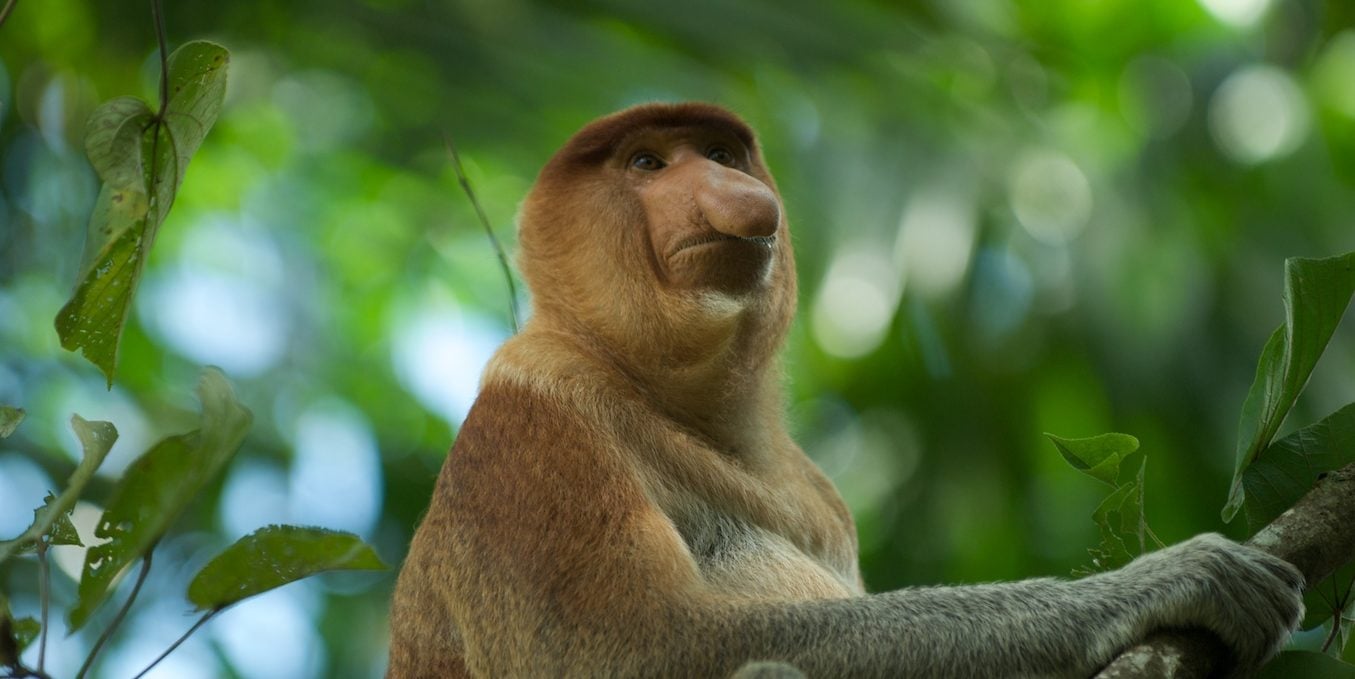
How do mangrove forests impact marine wildlife?
Zaytoen Domingo
Posted: February 7, 2019
Original photo: Matthew Nitschke.
The sun beats down on my skin, a scorching 40 degree Celsius, as I float down the murky waters of the Mergui Archipelago in Myeik, Myanmar.
My face is dripping wet from the humidity. I am surrounded by Burmese-speaking locals on a shaded boat cruising through the complex system of mangrove forests in Lampi National Park.
Our guide kindly translates for me, the lone English speaker on the boat. I learn that the locals depend on the mangrove ecosystems for their livelihood as they supply housing materials and food.
I marvel at the spidery mangrove trees, with leggy roots. “They look like they could walk over to us,” I joke.
“The mangroves can walk,” he says, gesturing to their long, thin roots, as they reach out towards the water and nutrients they need to survive.
I also learn that the survival of mangroves worldwide is in danger due to deforestation and climate change.
What are mangroves and why are they important?

Mangroves can be found in many areas where GVI operates including Southeast Asian countries such as Thailand and Cambodia, African countries such as Seychelles. and Australasian countries such as Fiji.
What all of these locations have in common is hot, humid weather and the bodies of saline water that are needed to support mangroves ecosystems.
On one hand, mangroves are hardy due to their ability to grow in salty water, and on soil or rock that is unable to sustain other plant life. For centuries mangrove forests have protected coastal villages as they collect sand sediment and slow coastal erosion.

But on the other hand, mangroves are destroyed by extreme weather events, deforestation and overuse by humans.
Anywhere you find mangroves, you’ll also find marine wildlife and a fragile ecosystem that depends on them for its continued survival.
The hidden life of mangroves
Upon first gazing at mangrove forests, the first thing you’ll probably notice is the web of interconnected roots, which rise above the water.
If you look more closely, you may spot small and squirmy mudskippers or sea bass, the translucent blob-like form of a jellyfish, or even scrambling crabs with pinching claws.

Further inspection of the complicated root system may yield colourful barnacles and shells growing on the vine-like tendrils of the plant. Indeed, each mangrove hides a secret world of marine and terrestrial life that depends on these distinctive plants to survive.
Above the dark bracky water, you watch quietly as the tiny birds that nest in mangrove shrubs dart in and out to feed their young.
Hold onto your hat though, as some mangroves house long-nosed proboscis monkeys that eat the green apple-shaped fruit of this ecologically important plant.

Original photo: Peter Gronemann
Remember to keep your hands out of the water and away from the delicate mangrove roots, as small lemon sharks and aggressive saltwater crocodiles can be found in certain mangrove forests.
There are many species of mangroves in tropical and subtropical parts of the world. Each ecosystem contains a diverse world of marine life. Humans form a part of this ecosystem too and have an important role in preserving and protecting these environments.
Deforestation and mangroves
Despite many humans relying on mangroves to survive, wherever you find mangroves and humans together, you find the destruction of these forests and the ecosystems that surround them.
Economic expansion in several countries has led to the deforestation of mangroves. In Thailand, mangrove forests were destroyed due to overuse from shrimp farming, Industries such as agriculture, timber, and mining have caused extensive damage to mangrove ecosystems as mangrove forests were completely removed to make way for settlements and industries.
Researchers have discovered the devastating impact of deforestation on mangroves, the marine wildlife that lives in them, and the humans that depend on them. When mangroves are removed for agriculture, marine wildlife habitats on coasts are unprotected and destroyed.

Original photo: Daniel Hartwig
Fortunately, many governments have responded to the loss of mangrove ecosystems by protecting lagoons, estuaries, and other bodies of water containing mangroves from further destruction.
In Thailand and Seychelles, GVI has projects to conserve and restore mangroves while also supporting local communities that rely on the ecosystems of these plants for their livelihoods.
Responsible travellers can support the protection and conservation of mangroves and marine life by choosing sustainable projects and tour operators.
Let’s do our part to protect mangroves and the marine wildlife that depends on them, so that locals can continue to use them sustainably, and future generations can enjoy them for years to come.
To find out more about projects that support mangrove conservation and protection, contact GVI.
By Zaytoen Domingo

